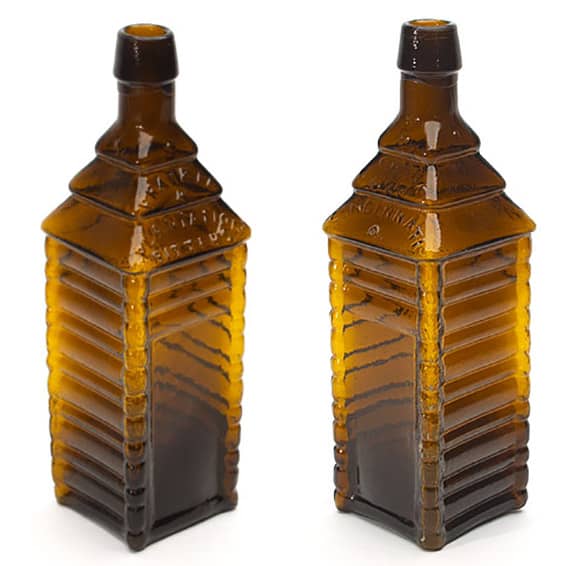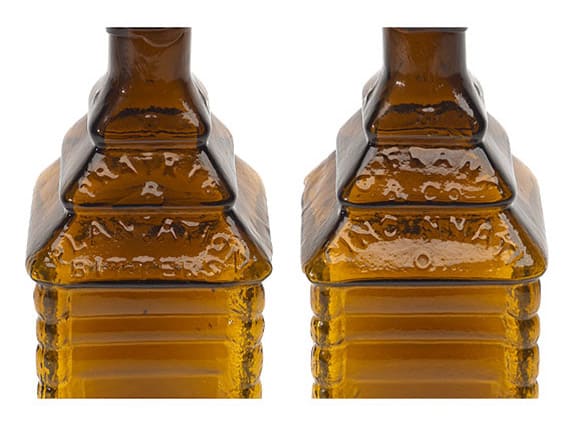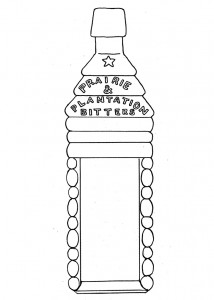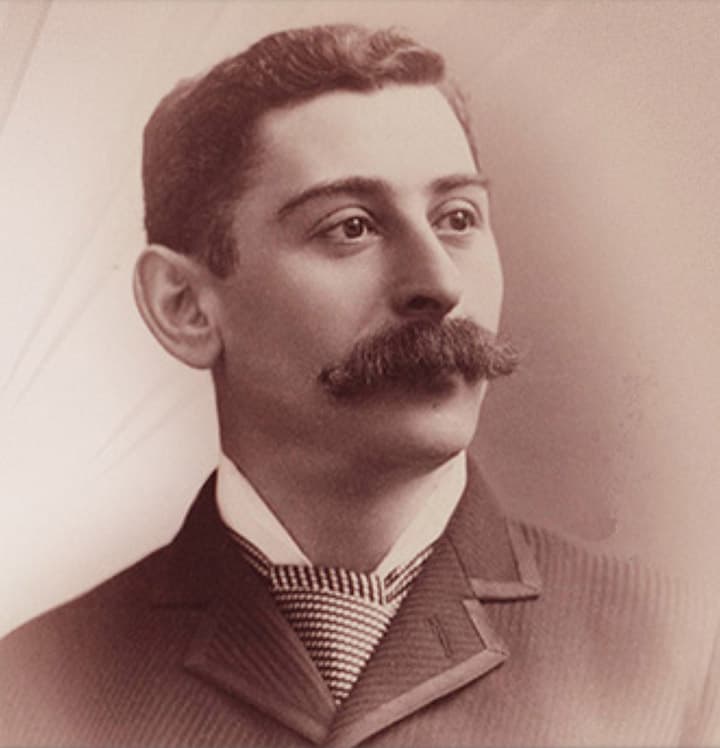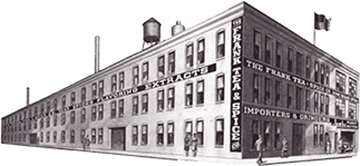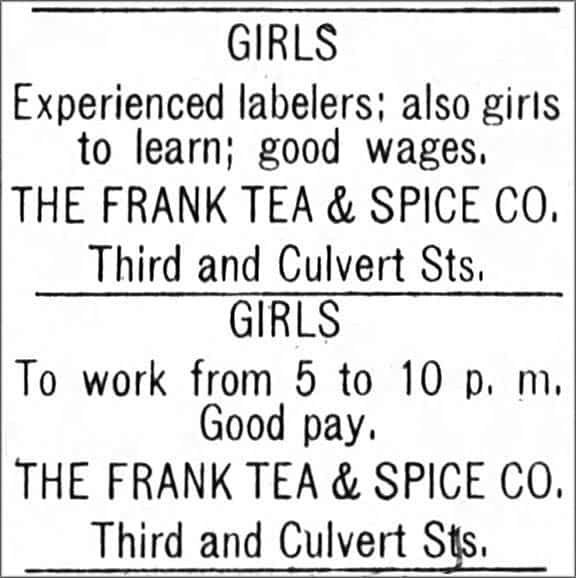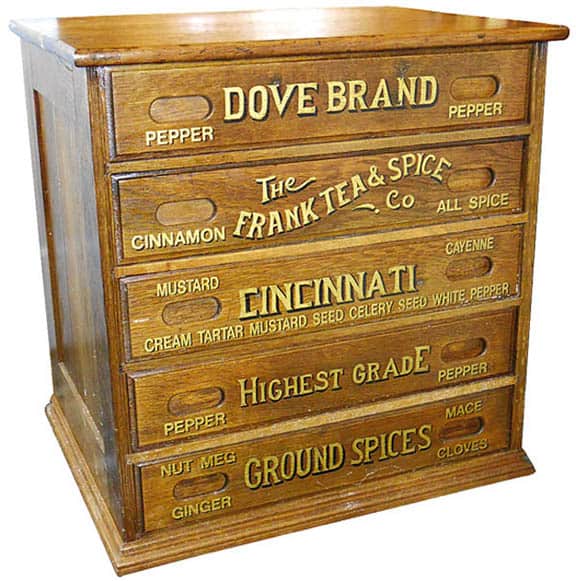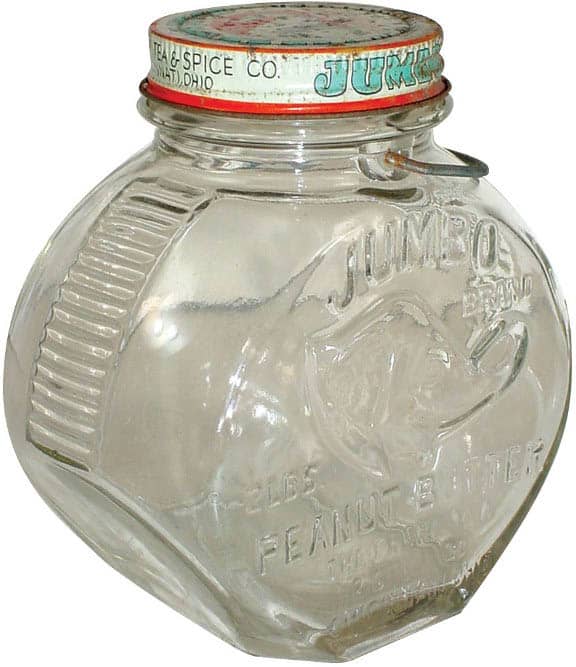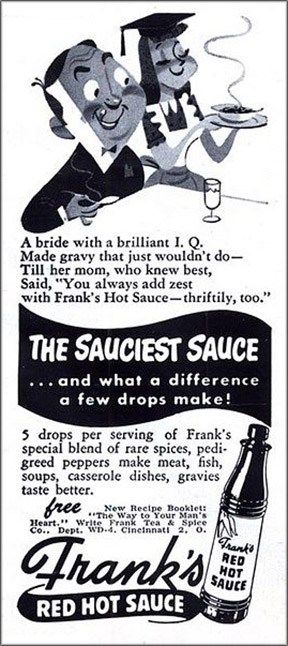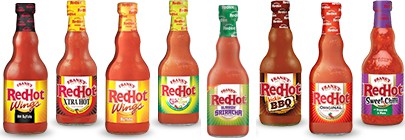Prairie & Plantation Bitters – C. Frank & Co. Cincinnati. O
06 September 2015
![]() As I noted yesterday in my “The Two Other Plantation Bitters” post, I have been watching the ‘new on the scene’ Prairie and Plantation Bitters figural cabin for many months. It is now represented within the Heckler Premier Auction 128. The bottle is also embossed “C. Frank & Co., Cincinnati, O”. We’ve come across his name before in a post, but I did not make the connection with the Prairie and Plantation Bitters. Read: Cincinnati Bitters Spotting – A cross reference of directories
As I noted yesterday in my “The Two Other Plantation Bitters” post, I have been watching the ‘new on the scene’ Prairie and Plantation Bitters figural cabin for many months. It is now represented within the Heckler Premier Auction 128. The bottle is also embossed “C. Frank & Co., Cincinnati, O”. We’ve come across his name before in a post, but I did not make the connection with the Prairie and Plantation Bitters. Read: Cincinnati Bitters Spotting – A cross reference of directories
The Carlyn Ring and W.C. Ham listing in Bitters Bottles is as follows:
P 132 PRAIRIE & PLANTATION BITTERS
// s // motif 5 pointed star / PRAIRIE (au) / & / PLANTATION (au) / BITTERS // motif 5 pointed star / f / f // motif – 5 pointed star //
9 3/4 x 3 (6 1/8)
Square cabin, Amber, LTC, Applied mouth, Metallic pontil mark, Extremely rare
Logs alternate wide and narrow 5/8 and 3/8
Lettered sides have 3 logs over label panels
Unlettered sides have 12 logs
Charles Frank
Looking in Cincinnati city directories, we can start to paint a picture about Charles Frank that eventually leads us to the famous Frank’s RedHot Sauce which is pretty darn cool.
Charles Frank was born in Germany around 1831. He had a brother Leo who was born a few years later. Eventually they would travel to United States, probably arriving in New York City, get their citizenship and then head to the great city of Cincinnati, Ohio with its large German population.
We see Charles Frank first in the Williams Cincinnati Directory in 1856 as an agent for a confectionary company at 141 W. Pearl. He quickly shifts his business attention to liquors at the same address in 1857. In 1860, we can place Charles Frank with a partner, L. Meyer, making and selling bitters at 141 W. Pearl Street. This would be the kind of bitters that skirted taxes and was loaded with alcohol.
This would be the earliest that the Prairie and Plantation Bitters is produced as Charles Frank & Company does not start appearing in records until 1862. Remember C. Frank & Co. is embossed on the bottle. It is interesting to note that Patrick Henry Drake did not start advertising his figural cabin, Drake’s Plantation Bitters until 1862 though there are forms for that bottle that predate the embossed brand most bitters collectors are familiar with. We can also place Charles Frank in New York City in the 1860s. He would also reside there in the early 1870s.
In 1860, his brother Leo M. Frank, was a partner with Franklin & Frank who were wholesale dealers in watches, clocks and jewelry located at 48 Main Street, corner of 2nd in Cincinnati. The bitters and liquor sales opportunity with his brother Charles must have been strong as the two brothers join forces and from 1862 until at least the middle 1890s are major importers and wholesale dealers in wines, liquors, bourbon and rye whiskies at 15 Sycamore, still under the business name of Charles Frank & Company.
An 1880 United States Federal Census states that Charles Frank is 49 years old and is a wholesale liquor dealer in Cincinnati, Ohio. His wife Amelia (Binger) Frank is 39 years old. They have 6 children; Fannie, 14, Jacob, 13, Martha, 3, Alfred, 2, Emil, 1, Leo, 1 month and 3 servants. A nice family. Business must have been good.
Charles Frank would die on 1 October 1890 though his brother Leo would carry the business on. They were distillers then and the business was still called Charles Frank & Company.
Jacob Frank
The expanding consumer market provided numerous opportunities for entrepreneurs to find a niche for their products. In 1896, Jacob Frank ended his career as a traveling salesman, he was probably selling liquor for his father, and founded the Frank Tea and Spice Co. along with his brothers Emil. The business was located on East Second Street in Cincinnati, Ohio, near the banks of the Ohio River.
The company introduced small, shelf-size, packages of whole and ground spices for customers, replacing bulk merchandise. As their market expanded, so too did their offerings; ranging from teas and spices to peanut butter and olives. They also made Jumbo Peanut Butter. The advertisement above from the Sunday edition of the Cincinnati Enquirer in 1919 looks like they were using young girls on the night shift. That wouldn’t fly today.
One of their most famous inventions was Frank’s RedHot Sauce, a cayenne pepper sauce that was the secret ingredient for the first ever Buffalo Wings, made in Buffalo, New York in 1964. The rich heritage of Frank’s RedHot dates back to 1918 when pepper farmer Adam Estilette partnered with Jacob Frank in New Iberia, Louisiana, to create a sauce perfectly spiced with the rich flavor of cayenne peppers. Two years later, in 1920, the first bottle of Frank’s RedHot Sauce emerged from Estilette’s pickling plant.
The product is still around.

